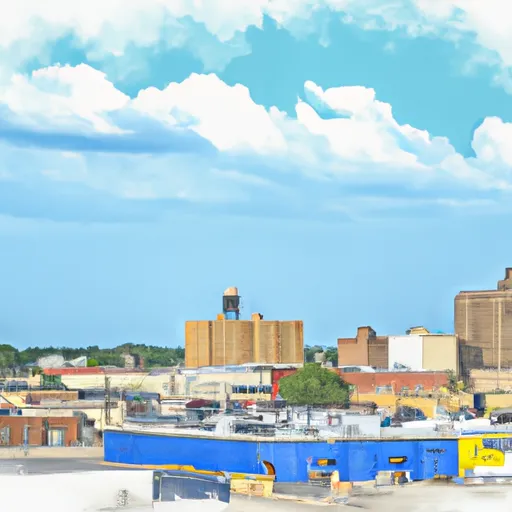°F
°F
mph
Windspeed
%
Humidity











La Villa is a charming city located in Hidalgo County, Texas. Known for its pleasant climate and abundant outdoor opportunities, La Villa attracts visitors with its diverse landscape. The climate in La Villa is classified as subtropical, with hot summers and mild winters. Summers are typically hot and humid, with temperatures often exceeding 90°F, while winters are mild with temperatures averaging around 60°F.
La Villa benefits from its location near the Rio Grande River, which provides opportunities for various outdoor activities. The hydrology constituents of the area include the river itself and nearby irrigation canals, which offer great settings for fishing, boating, and water sports. Anglers can expect to catch various species such as bass, catfish, and sunfish in these waters.
Moreover, La Villa is surrounded by beautiful nature reserves and parks, encouraging outdoor recreation. Nearby locations such as Estero Llano Grande State Park and Bentsen-Rio Grande Valley State Park provide opportunities for birdwatching, hiking, and wildlife observation.
In conclusion, La Villa's pleasant climate, proximity to the Rio Grande River, and nearby parks make it an ideal destination for outdoor enthusiasts seeking various recreational opportunities.
Weather Forecast
La-Villa receives approximately 582mm of rain per year, with humidity levels near 90% and air temperatures averaging around 24°C. La-Villa has a plant hardyness factor of 9, meaning plants and agriculture in this region tend to thrive here all year round.
Regional Streamflow Levels
22
Cubic Feet Per Second
1
Cubic Feet Per Second
2
Cubic Feet Per Second
36
Cubic Feet Per Second
Nearby Camping
| Camping Area | Reservations | Toilets | Showers |
|---|---|---|---|
| John J. Sablatura Park | |||
| Nasking Rec Military - Kingsville NAS |



